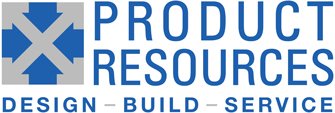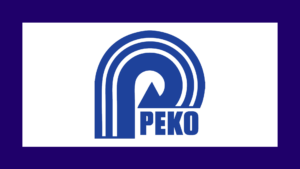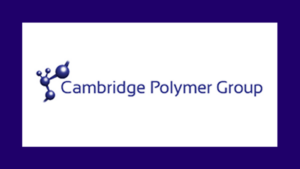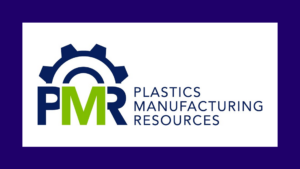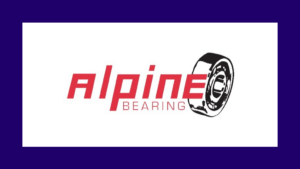The Importance of Document Reviews
A Document Review is similar to a Design Review but focuses on communicating the important features of a component or custom part to suppliers, QA personnel, and manufacturing. A Document Review may also cover the release of a Procedure (e.g., manufacturing or test instructions). The document, whether actual paper or an electronic file, is an important record of the state of the component or custom part.
As the saying goes, “If it’s not written down, it didn’t happen”.
Most companies consider an approval of a Drawing or Procedure to be an event that requires review. It is important that some other engineer(s) review the document so that any assumptions made can be challenged. No matter how good you are, you cannot objectively proofread or review your own work.
During the review of a document, the engineer will inspect the details to be sure all potentially dozens of possible variables have been properly documented.
For example, consider a sheet metal part. Common methods of manufacturing sheet metal parts require:
-
Cutting
-
Bending
-
Welding
-
Finishing
-
Assembly
-
Packaging
There are many methods of cutting, bending, welding, finishing, etc. These methods vary based on the material used, performance needed, volume, and cost targets. Depending on the design of the part and the material, some of the manufacturing methods are applicable and some are not. If your drawing does not call out how the part is to be made, the supplier will make the decision in their judgment. A good supplier is an expert on manufacturing methods, so that is not an unreasonable thing for them to do.
Still, detailing what you want your part to be is vital. If you need a certain gauge and type of metal, it must be stated on the drawing. Otherwise, you may get whatever material was convenient for the supplier.
Dimensioning and Tolerancing is vital. On a sheet metal part, the point-to-point (e.g., hole-to-hole) dimension in one plane can be held to 0.005” (0.13mm) routinely, but if there is a bend in the part, 0.020” (0.5mm) is a tight tolerance. You should state the tolerances required for specific measurements on the drawing, especially if they are dimensions that QA will need to accept the part on inspection.
If you cannot tolerate burrs or sharp edges (and they can be razor sharp), you must state that in the drawing. Deburring and breaking the edges is time consuming. Many sheet metal fabricators will deburr and break the edges as a standard practice, but others, especially the low-cost or fast-turn shops, may not unless you call it out specifically.
If you need swage nuts installed on the part, it must be detailed in the drawing and call out the manufacturer and part number of the swage nut required, as well as how to install per manufacturer’s recommendations. You would be surprised how bad a cheap swage nut can be and how quickly your screw will gall.
It is important that the drawing, the document that is sent to the supplier, has this detail. Product Resources’ standard practice is to send the STEP file along with the drawing to define the part. This gives the supplier all the information about the part and saves on setup time and errors in the part. If you send just the STEP file – even when that is all the supplier requires – you may be setting yourself up for disappointment.
It is difficult to remember all the details that need to be checked on a drawing, especially when deadlines get tight. This combination of detail and time pressure is what a checklist is made to handle. Checklists are used extensively in aviation just for this reason. I mean, you can still land an airplane without lowering the landing gear, but it might make taxiing to the gate more of a challenge.
Free, downloadable checklists:
By utilizing a checklist that covers topics that are important and common, it lowers the risk that an important note will be missed, and the parts will fail to perform adequately. This is why Product Resources has developed a series of checklists for various types of documents:
These checklists itemize areas that should be considered. You may have a note or a specification for each item or not – but it is important that you think about it before issuing the document.
Visit our website – www.prodres.com and look under Resources for these checklists and other documents to aid you in your development and transfer to manufacturing.

